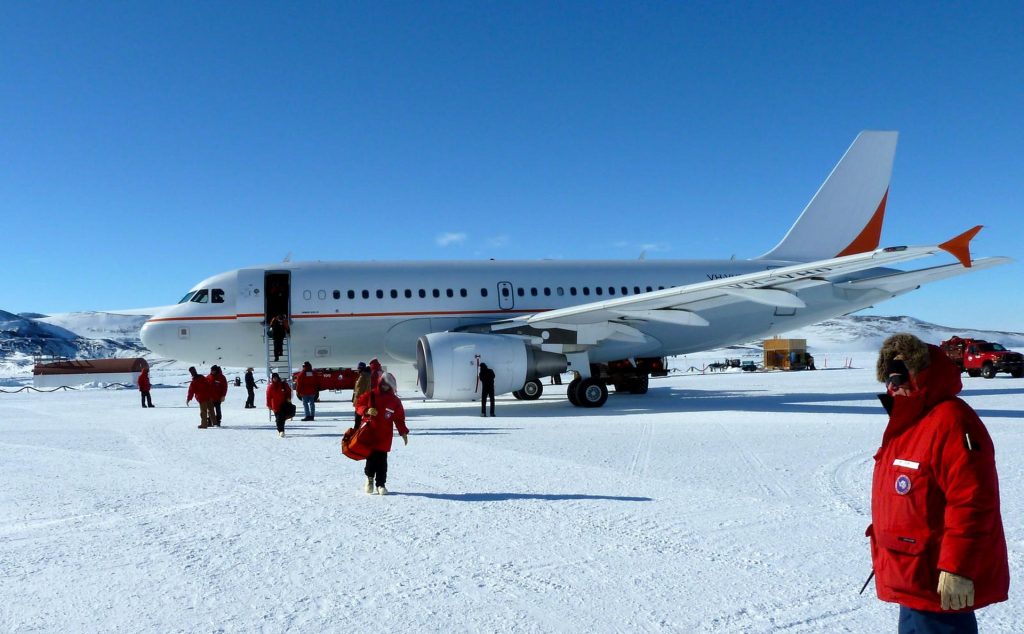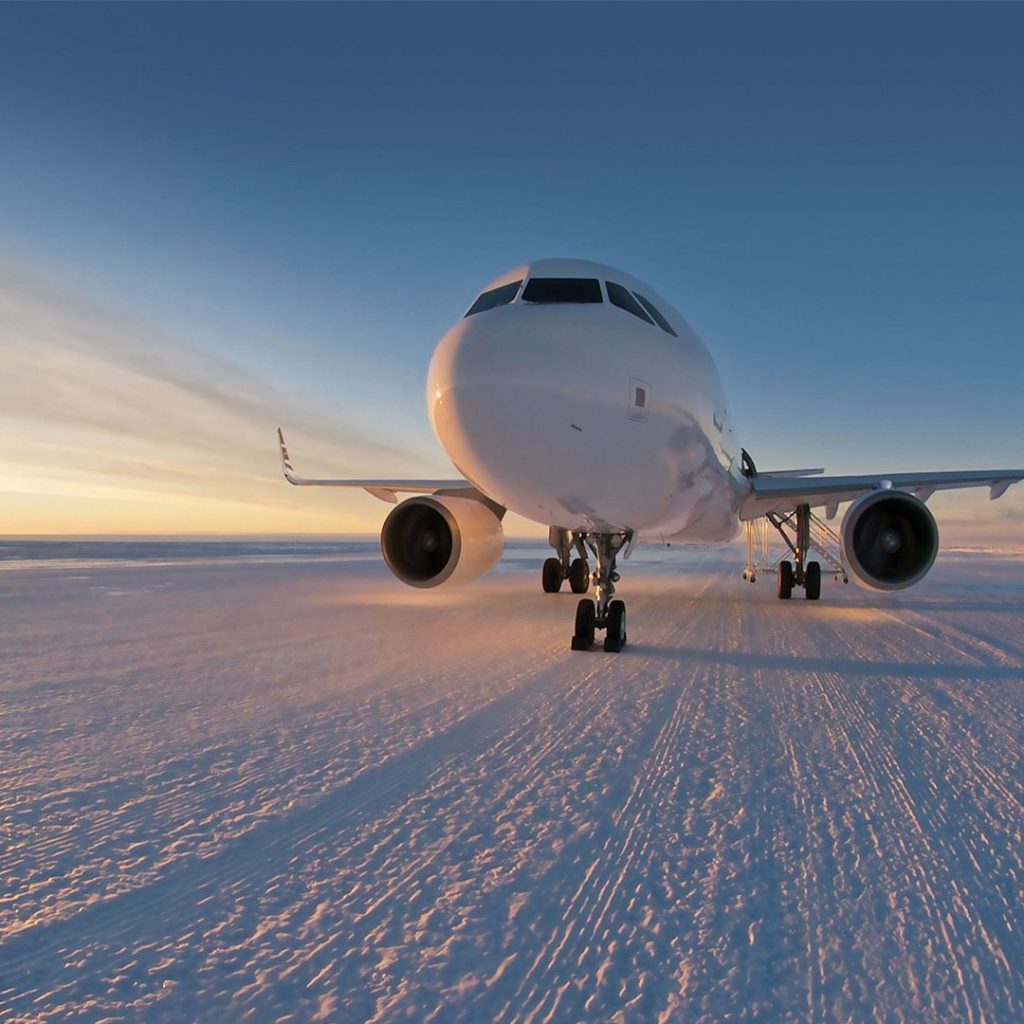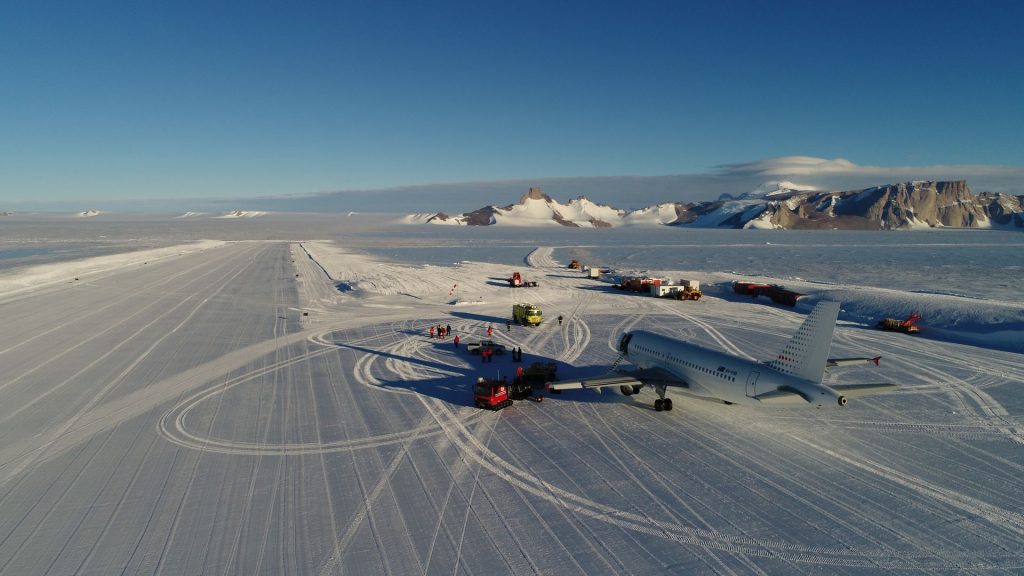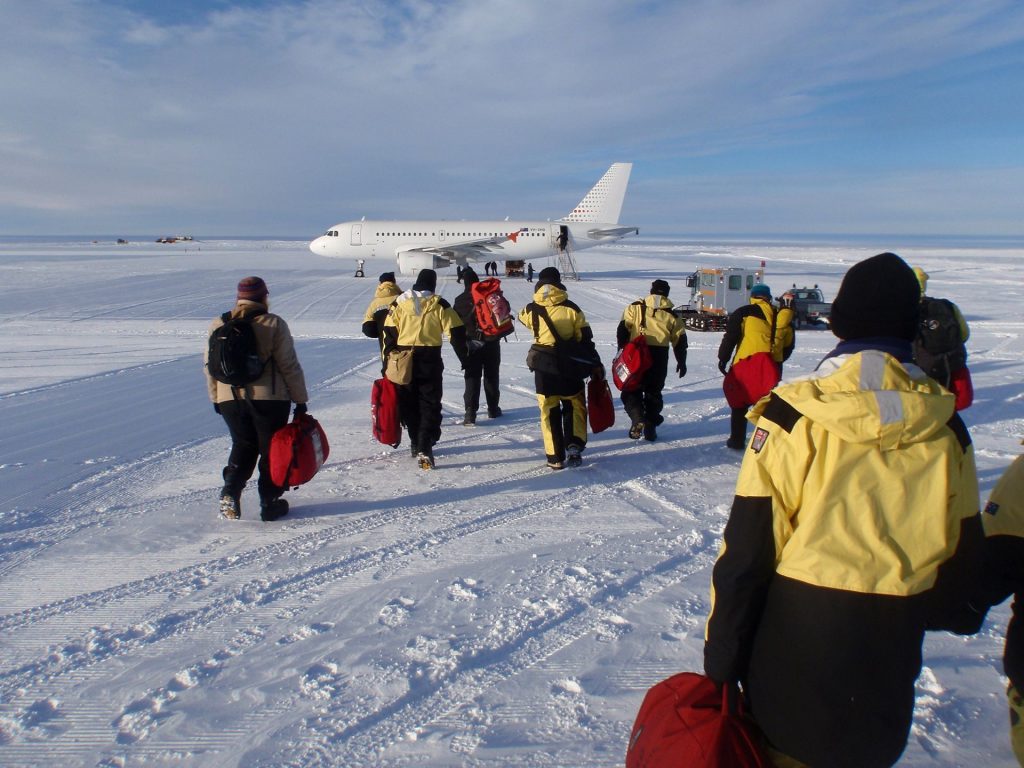It’s 4:30am on the 18 January 2008, but the midnight sun sparkles off the runway.
The wind whips by, throwing snow into the air. Captain Garry Studd is making his final descent after a four and a half hour flight from Australia.

As he completes touch down in an Airbus Corporate Jetliner, he makes history: it is the first time a commercial airliner has ever flown to Antarctica.
The ACJ Antarctica flights have helped to facilitate new scientific progress.

One researcher measures an isotope buried in 1,000-metre ice cores, which he drills out of the ice. Within 24 hours, the isotope will break down.

According to Studd, the greatest challenge is lateral control and handling the aircraft on the ground, especially in strong winds.

He adds that “one of the biggest dangers is the lack of surface definition in the landscape, making it hard to judge how far away things are, and how high you are above them.”

But the ACJ Antarctica flights have occurred without incident, re-defining best practice in cold climate aviation.

Skytraders make use of the ACJ’s GPS approach: all of the bearings are ‘true’ rather than magnetic. “Making the transition is very easy in the ACJ – everything goes to ‘true’ on the push of a button,” according to Studd.
“The ACJ319 has more than demonstrated its versatility and reliability in operations to one of the most hostile places on Earth,” Captain Studd concludes.








